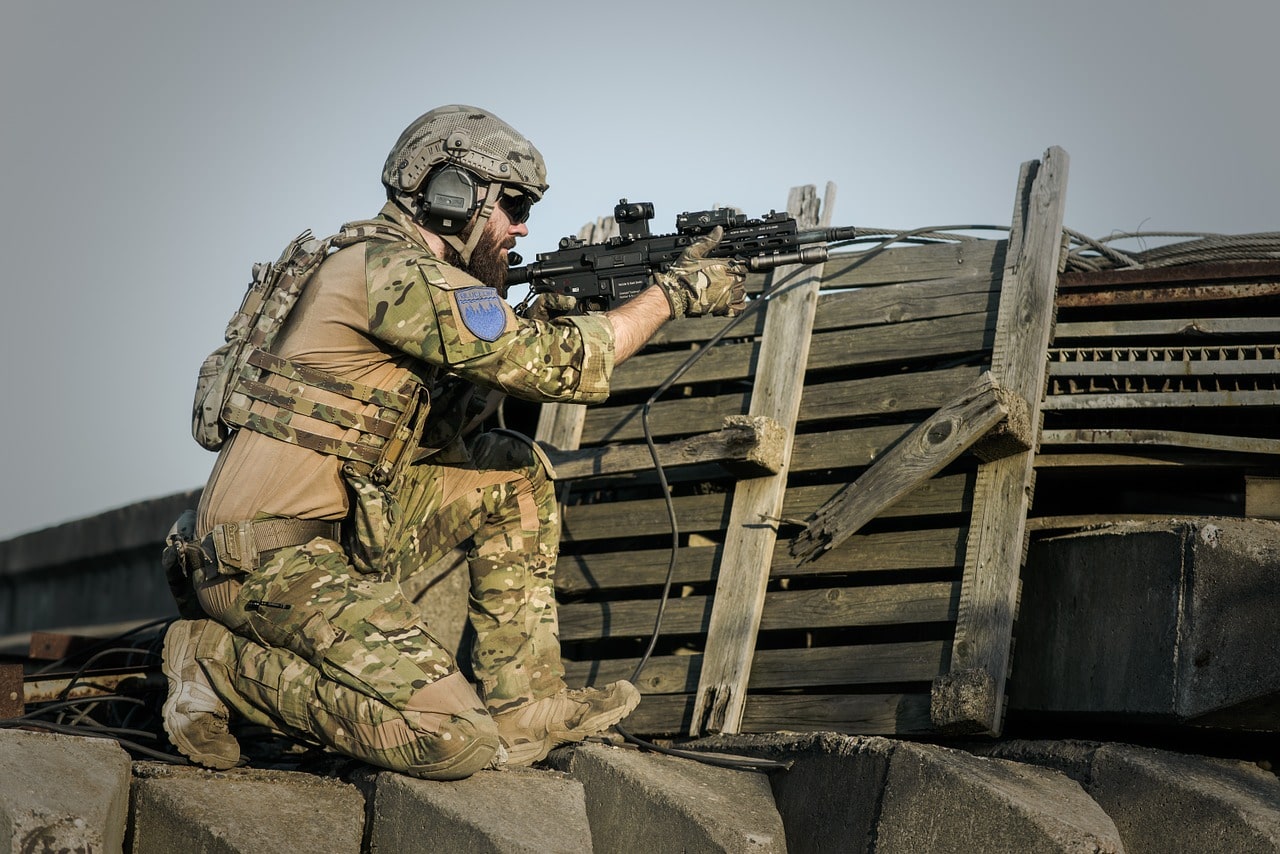
Is Night Vision or Thermal Imaging Right For Me?
Determining whether night vision or thermal imaging is appropriate for you can be a very troubling issue. This is mainly due to the fact there are some similar uses for thermal imagers and night vision devices. Although you will probably their uses similar, there are some factors that you should consider in order to determine which one is the right one for you.
Is Night Vision or Thermal Imaging Right For Me?
Some of the factors that you should put into consideration so as to determine whether night vision or thermal imagers are right for you include;
Environment
Being aware of the environmental conditions that you will be using the night vision device or thermal image can be very important in determining the best device for you. For instance, will there be fog? Dense foliage? Extreme cold? Heave foliage and fog requires thermal imaging. On the other hand, extreme cold environmental condition makes the night vision device a better option. The military is beginning to develop environmental friendly conditions to improve their technology’s effectiveness. For instant, during the desert conditions, the pilots of the helicopter can start up mini sandstorm which can be seen through by thermal imagers but naked eyes can’t.
Combine
Thermal imaging devices are known to be very good for detection, although they aren’t great for recognition. On the other hand, night vision devices has opposite problems. For the night vision devices after the image is detected, you can easily determine what type of animal or who that person is. However, if the animal stands still or the persons has camouflage at a great distance, it’s hard to find. The best way of solving those issues is utilizing the thermal imaging for scanning the area and the night vision riflescope for taking the shot. Some hunters are already familiar with it, since using the spotting binocular or scope during daytime to find the animals before turning to riflescopes is a popular practice. The similar practice can also be applied when hunting during the night.
Light
Since light is needed to operate the image intensification of night vision devices, you’ve to put the lighting condition of the place you’re using the device into consideration. Since you will not need excessive light, a small light amount will is supposed to work. However, ensure that you consider this before you invest in a night vision device when a thermal image may be better.
Pricing
Cost is another big factor that you should consider when choosing between a night vision and a night vision. You can obtain a great night vision device at a cheaper price while thermal imagers will certainly cost you a lot of money. Therefore, if you’re ion a limited budget, you should probably choose a night vision instead of the thermal imager.
Pros & cons: Night vision vs Thermal imaging
In order to simplify things for you, we have highlighted the cons and pros of night vision and those of thermal imaging. Since both of these devices helps you in seeing in dark places, there is no points of comparing their pros.
Thermal imagers
Cons
- Heavier/larger
- More costly
- Long warm up/ start up time
- Images requires some sought of training for interpretation
- Identifying a threat or intruder is nearly impossible
Pros
- Sees through sand, fog, dust or smoke and thin or light materials
- Doesn’t produce images that can be seen by others
- Tracks residual heat
Night vision
Cons
- Camouflage is usually still effective
- Worthless in lighted rooms and at daytime
- Dust, smoke and fog obscures images
Pros
- More affordable
- More natural images
- Longer battery life
- Wide FoV (Field of View)
- Tougher and more reliable